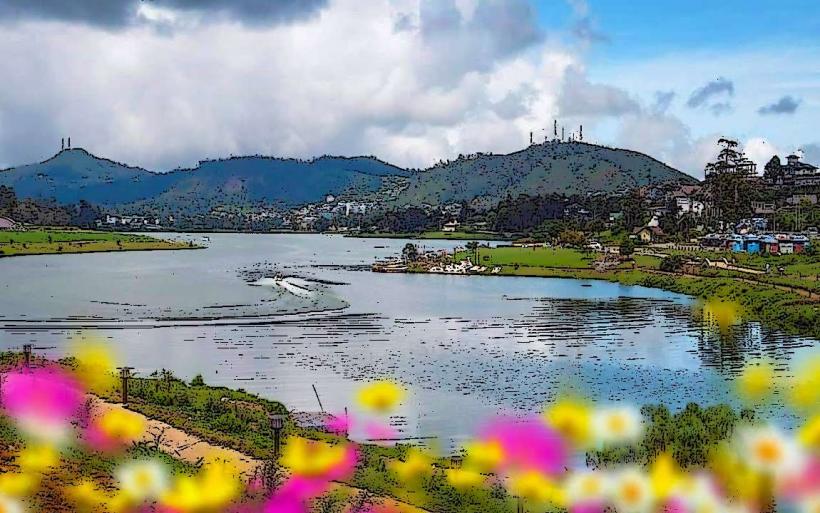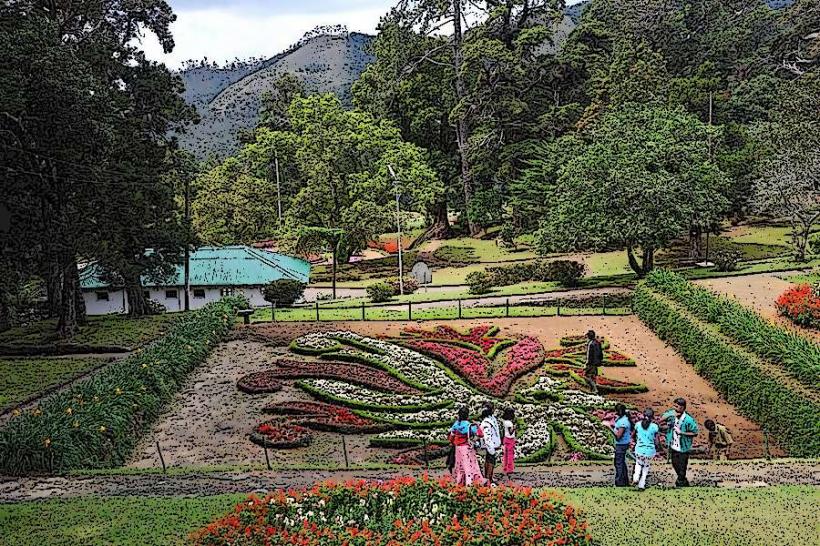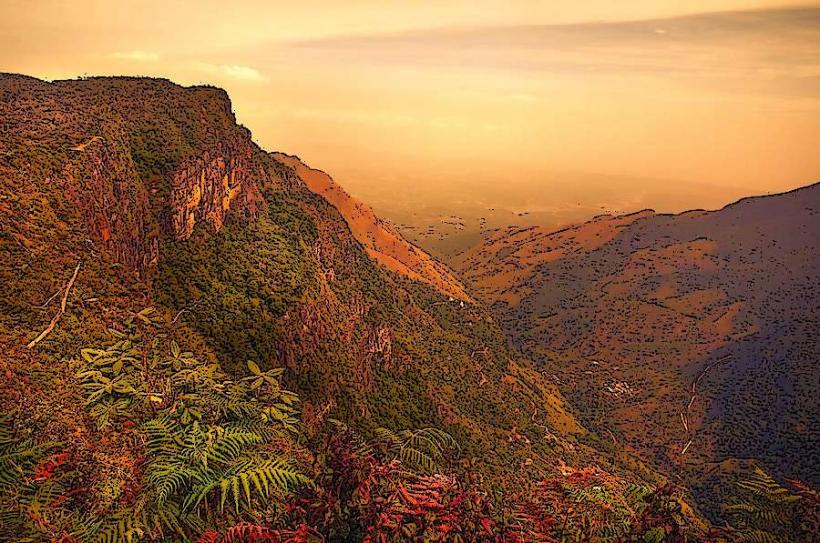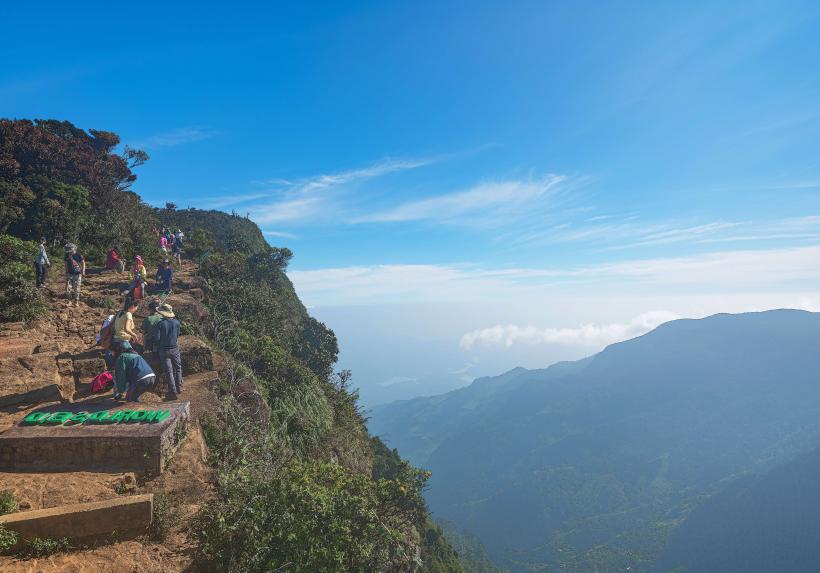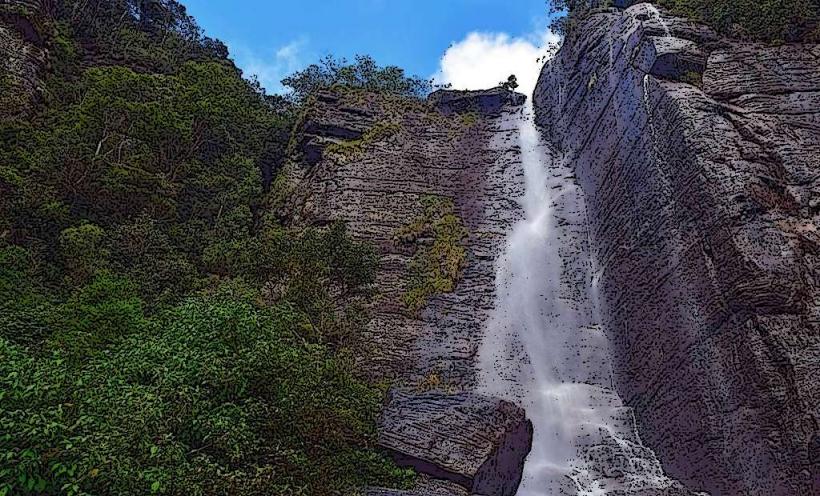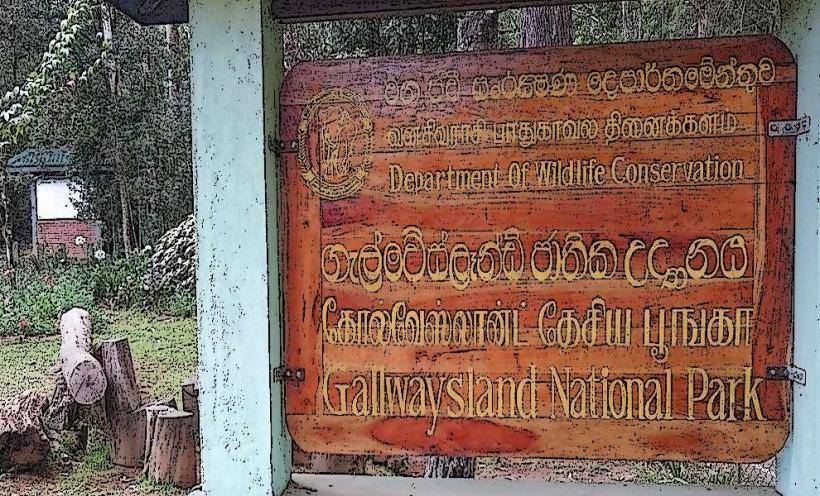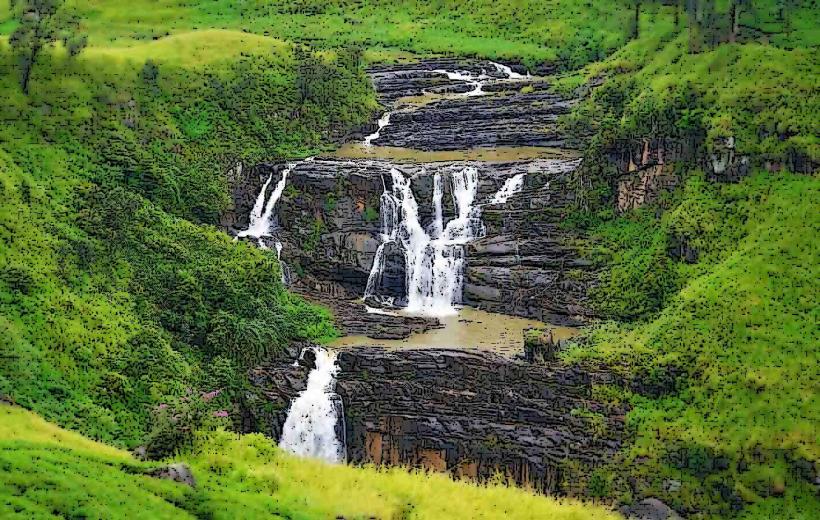Information
Landmark: Seetha Amman TempleCity: Nuwara Eliya
Country: Sri Lanka
Continent: Asia
The Seetha Amman Temple is a significant Hindu temple located in Seetha Eliya, near Nuwara Eliya in Sri Lanka. This temple is deeply rooted in the epic Ramayana and is considered a sacred site by devotees. Here’s a detailed guide to the Seetha Amman Temple:
1. Historical and Mythological Significance
- Ramayana Connection: The Seetha Amman Temple is believed to mark the location where Sita (Seetha Devi), the consort of Lord Rama, was held captive by the demon king Ravana during her abduction in the epic Ramayana.
- Ashoka Vatika: According to legend, this area was part of the Ashoka Vatika, a lush garden maintained by Ravana, where Sita was confined.
- Hanuman’s Visit: The temple is also associated with Lord Hanuman, who is believed to have visited this spot to deliver Lord Rama’s message to Sita and later helped rescue her.
- Footprints: Large footprints, said to belong to Hanuman, can be seen on a rock along the stream near the temple.
2. Architecture and Features
- Temple Structure: The temple has a distinct South Indian architectural style with vibrant colors, intricate carvings, and statues of Hindu deities.
- Presiding Deities: The temple is dedicated to Seetha Devi, with idols of Lord Rama, Lord Lakshmana, and Lord Hanuman also enshrined.
- Sacred Stream: A stream flows adjacent to the temple, and it is believed that Sita bathed here during her captivity. Devotees often collect water from this stream for blessings.
3. Location and Accessibility
- Proximity to Nuwara Eliya: The temple is situated approximately 5 km (3 miles) from the town of Nuwara Eliya.
- Scenic Setting: The temple is surrounded by lush greenery, rolling hills, and tea plantations, offering a serene and spiritual atmosphere.
4. Religious Practices and Rituals
- Devotee Offerings: Visitors and devotees offer prayers, flowers, and fruits to the deities.
- Festivals: The temple becomes particularly lively during Hindu festivals such as Ram Navami and Diwali, attracting many devotees and tourists.
- Poojas: Regular poojas (worship rituals) are performed at the temple to honor the deities and seek blessings.
5. Mythological Features at the Site
- Footprints of Hanuman: The temple grounds include a rock with depressions believed to be the footprints of Lord Hanuman.
- Ashoka Vatika Remnants: The temple and surrounding area are thought to be part of the mythical Ashoka Vatika, and the landscape still evokes a sense of connection to the Ramayana.
6. Nearby Attractions
- Hakgala Botanical Garden: Believed to be part of Ashoka Vatika, this garden is just a short distance from the temple and is home to diverse flora and stunning landscapes.
- Ravana Falls: Another Ramayana-related site, Ravana Falls is a popular tourist attraction about 50 km from the temple.
- Gregory Lake: Located in Nuwara Eliya, this serene lake is a great spot for relaxation and boating after visiting the temple.
7. Tips for Visitors
- Clothing: As this is a religious site, visitors are advised to dress modestly, covering shoulders and knees.
- Footwear: Footwear must be removed before entering the temple premises.
- Best Time to Visit: The temple is open throughout the year, but mornings are ideal for a peaceful visit.
- Photography: While photography of the temple's exterior is usually allowed, check for restrictions inside the temple.
8. How to Get There
- By Car or Tuk-Tuk: Seetha Amman Temple is a 15–20 minute drive from Nuwara Eliya town.
- By Public Transport: Local buses or private transport options are available from Nuwara Eliya.
9. Cultural and Spiritual Importance
For devotees and visitors, the Seetha Amman Temple is not only a site of religious worship but also a place to connect with the rich mythology of the Ramayana. Its tranquil setting and legendary associations make it a unique destination for those interested in spirituality, history, and culture.
The Seetha Amman Temple is a testament to the enduring legacy of the Ramayana in Sri Lanka and offers visitors a chance to immerse themselves in its spiritual and mythological heritage.

